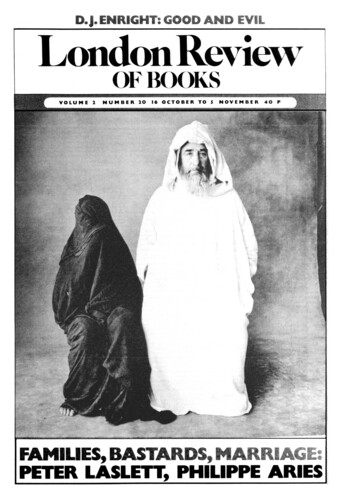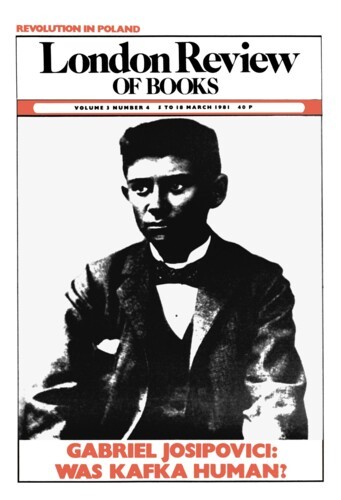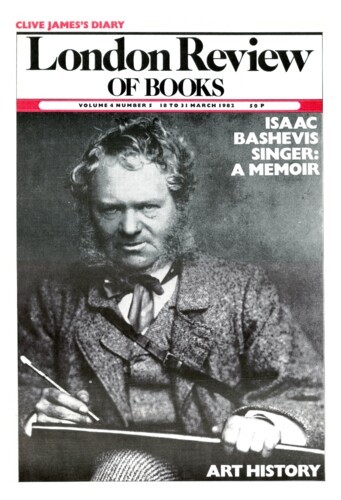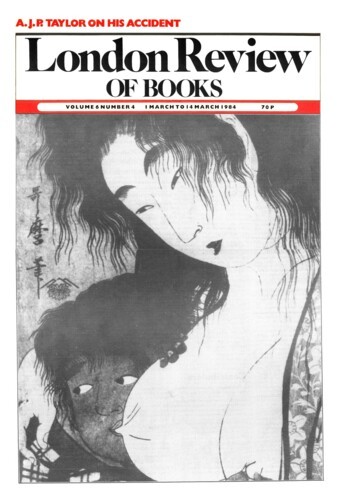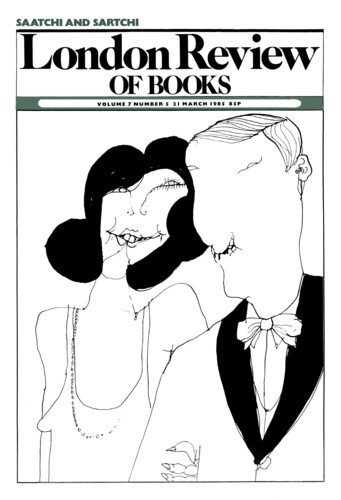Topographies
W.R. Mead, 16 October 1980
The topographical tradition is probably stronger in Britain than anywhere, and during the last generation professional and amateur alike have endowed it with a new vitality. In the process, they have given succour to many of the old-established local archaeological, historical and antiquarian societies. The professional inspiration has come largely from the archaeologists, economic historians and historical geographers. Although it is the work of a professional historian, one of the most stimulating books for the amateur has been W. G. Hoskins, The Making of the English Landscape (1951). It has directed attention to the origins and evolution of the simple but fundamental features of which the landscape is composed, and it has stirred a new interest in the sources of information that enabled them to be explained. The range of county and regional studies that are the product of today’s topographers displays the same spirit of curiosity, the same concern with detailed observation and the same enthusiasm as those of earlier times. Where they are the work of scholars, they may be intellectual forays in their own right. And, as the professionals sharpen their wits upon each other’s opinions and theories concerning the countryside, the amateurs enjoy the new light that filters through to illuminate their understanding of old familiar scenes.
